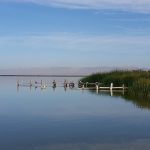Volunteers across Central America participated in the sixth Central American Waterbird Census (CAWC) between 15 January and 15 February of 2018 – and the results are in! A total of 150 volunteers from 18 organizations went out to count shorebirds and other waterbirds at wetlands throughout the region. This year the census expanded its reach to Southern Mexico, thanks to the participation of ProNatura Sur A.C. in Chiapas.
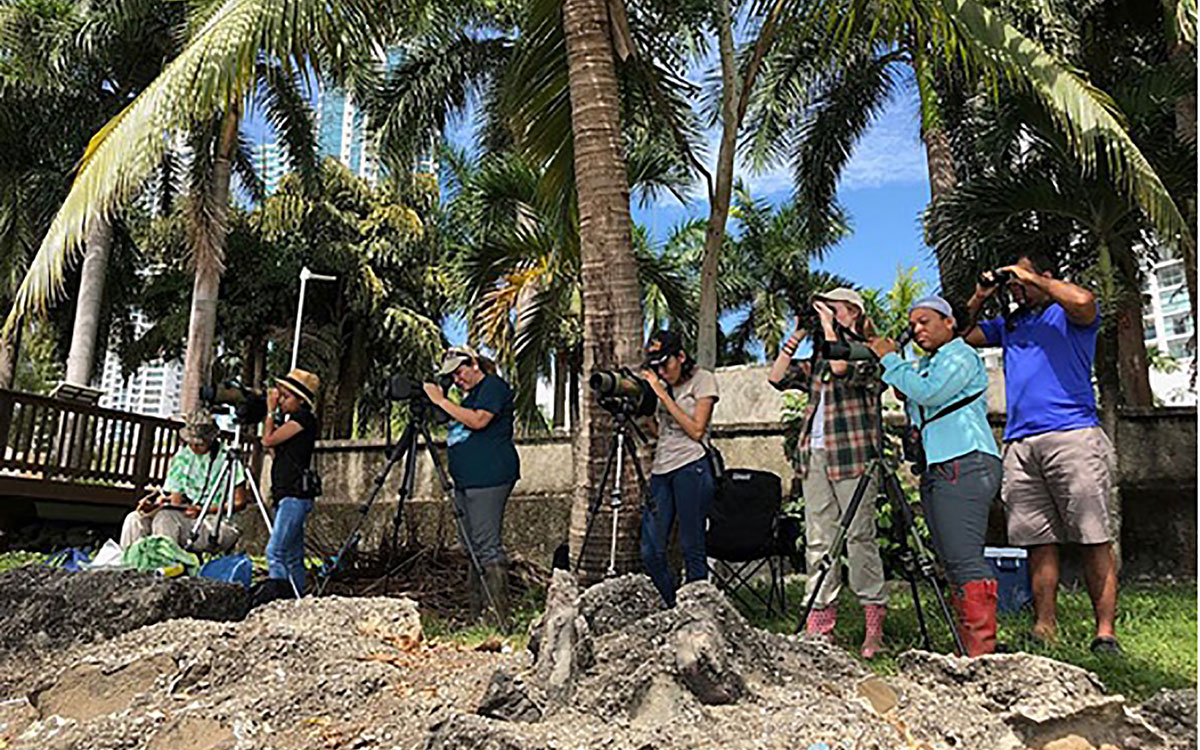
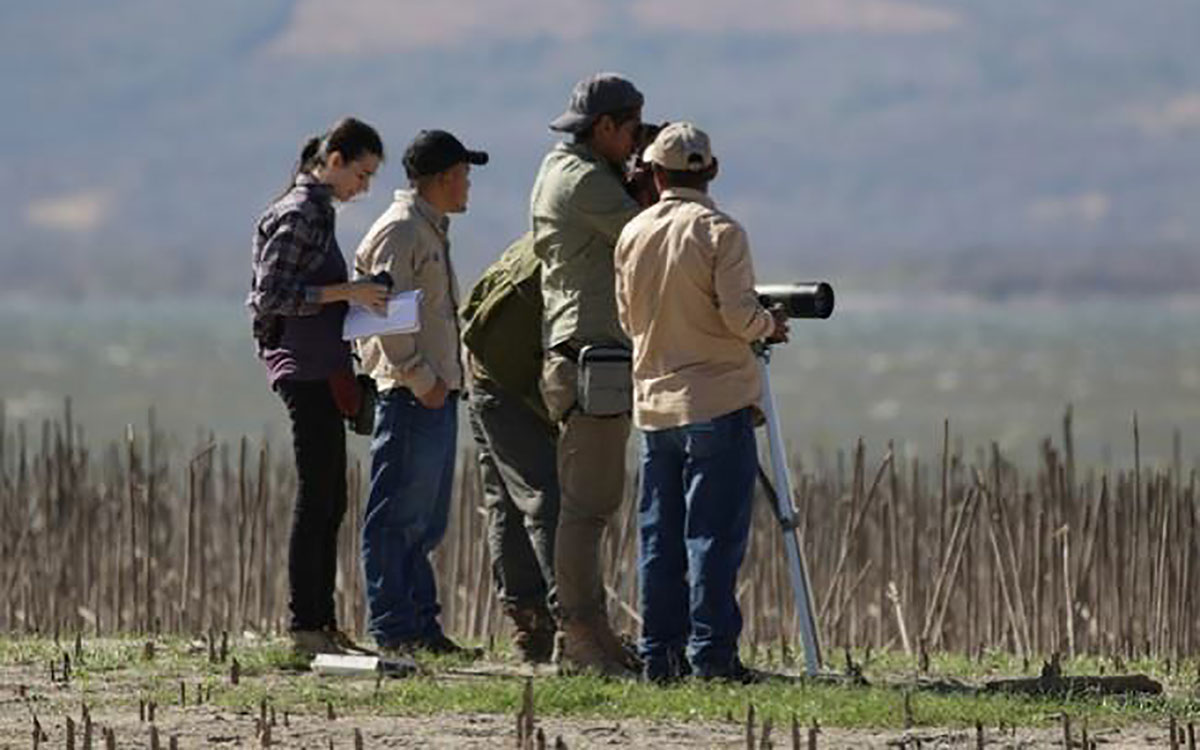
Left: Census volunteers at Panama Bay, Panama. Photo: Audubon Panama. Right: Census volunteers at Lago de Güija, El Salvador. Photo: Kevin Medina Zéledon.
The census was a great success; nearly 200,000 waterbirds were counted at 182 sites. A total of 106 species were recorded, including no less than 74 species of nearctic migrants. Of these Nearctic migrants, 29 species were shorebirds, including three species that are considered both resident and migrant in Central America (American Oystercatcher Haematopus palliatus, Black-necked Stilt Himantopus mexicanus and Wilson’s Plover Charadrius wilsonia). Over a quarter of all the waterbirds recorded during the census were shorebirds (57,385), the vast majority of which were Nearctic migrants (55,522). The most common species were Western Sandpiper Calidris mauri (7,683 individuals), Least Sandpiper Calidris minutilla (6,328 individuals), Semipalmated Plover Charadrius semipalmatus (5,066 individuals), Short-billed Dowitcher Limnodromus griseus (4,160 individuals) and Wilson’s Plover Charadrius wilsonia (4,137 individuals).
Three sites proved to be of significant importance to Nearctic shorebirds due to the total number of a specific species surpassing 1% of its biogeographic population. Of these, one is already a designated WHSRN site and two could be potential new WHSRN sites. Significant numbers of Charadrius wilsonia (ssp. beldingi) were found at Delta del Estero Real (Nicaragua), representing 13% of the species’ biogeographic population. This was the basis for designating Delta del Estero Real as a WHSRN site of International importance in 2016, and this latest count affirms its importance to Wilson’s Plovers.
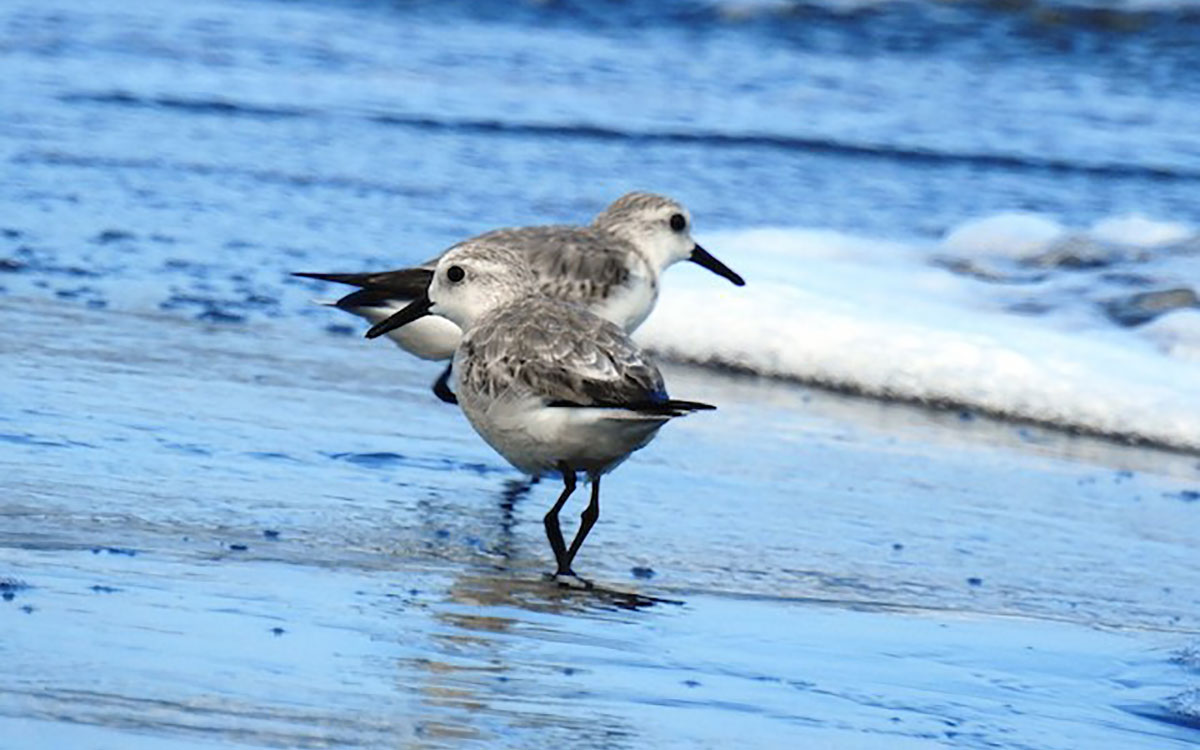
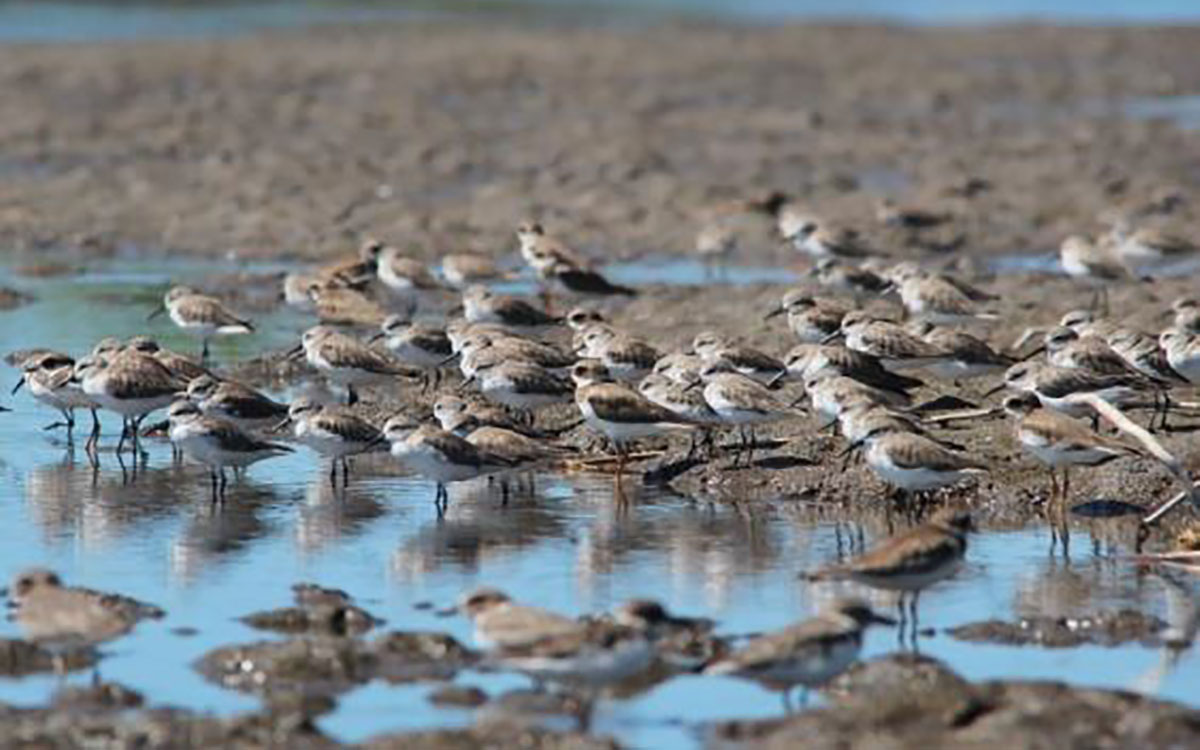
Left: Sanderlings (Calidris alba). Photo: Francisco Dubón. Right: A mixed flock of Western Sandpiper (Calidris mauri) and Semipalmated Plover (Charadrius semipalmata). Photo: Diego Molina Galdámez.
In El Agallito (Panama), volunteers counted an even higher number of Charadrius wilsonia (ssp. beldingi). They observed a flock of 2.500, representing 33% of the species’ biogeographic population. This would qualify the site as a WHSRN site of Hemispheric Importance. Finally, at Laguna Chingoro (Mexico) a total of 2.135 individuals of Limnodromus griseus (ssp. caurinus) was counted, representing 2.8% of the species’ biogeographic population. This qualifies the site as a potential WHSRN site of Regional Importance.
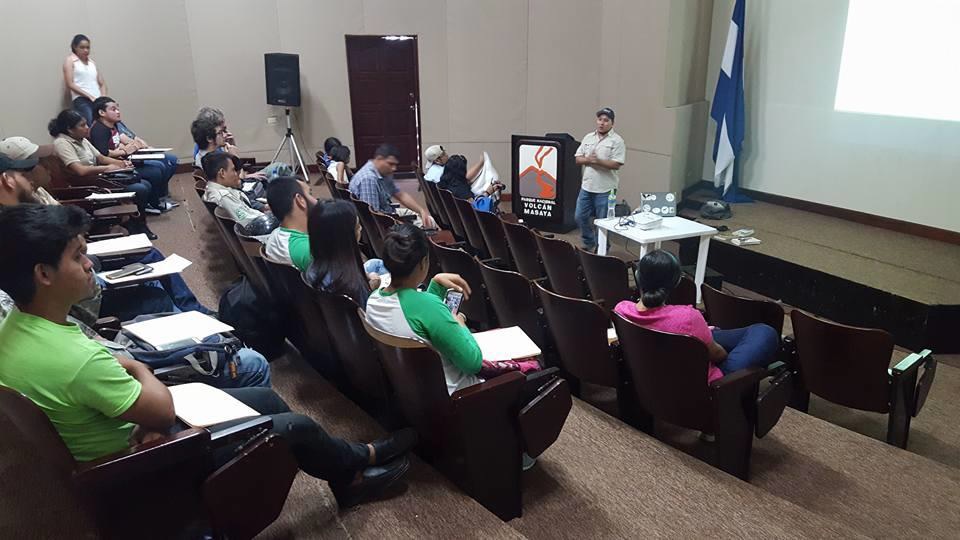
A workshop to train CAWC volunteers at the Masaya Volcano National Park in Nicaragua. Photo: Salvadora Morales.
The CAWC is funded by Environment Canada. Previously coordinated by Birdlife International and SalvaNatura (El Salvador), it has been coordinated by the WHSRN Executive Office since 2017. More information about the CAWC, as well as results from all previous years (2011-2017), can be found here, on the website of Wetlands International.
In July 2018 (next month!) volunteers are encouraged to go out counting again. If you are interested in joining a CAWC survey effort, please write to Arne Lesterhuis, Conservation Specialist with the WHSRN Executive Office, and we will connect you with the national coordinators for your country!






